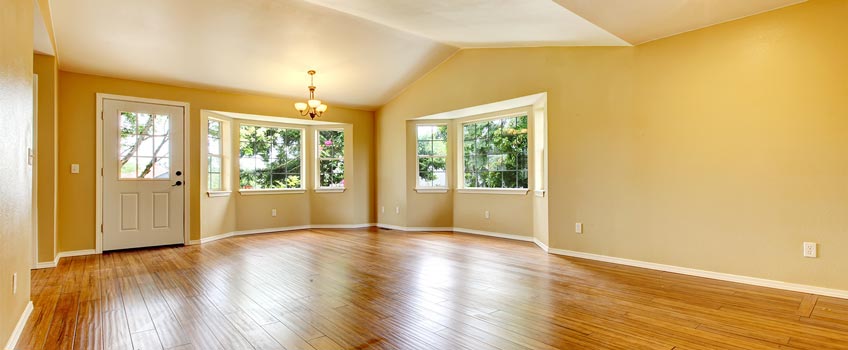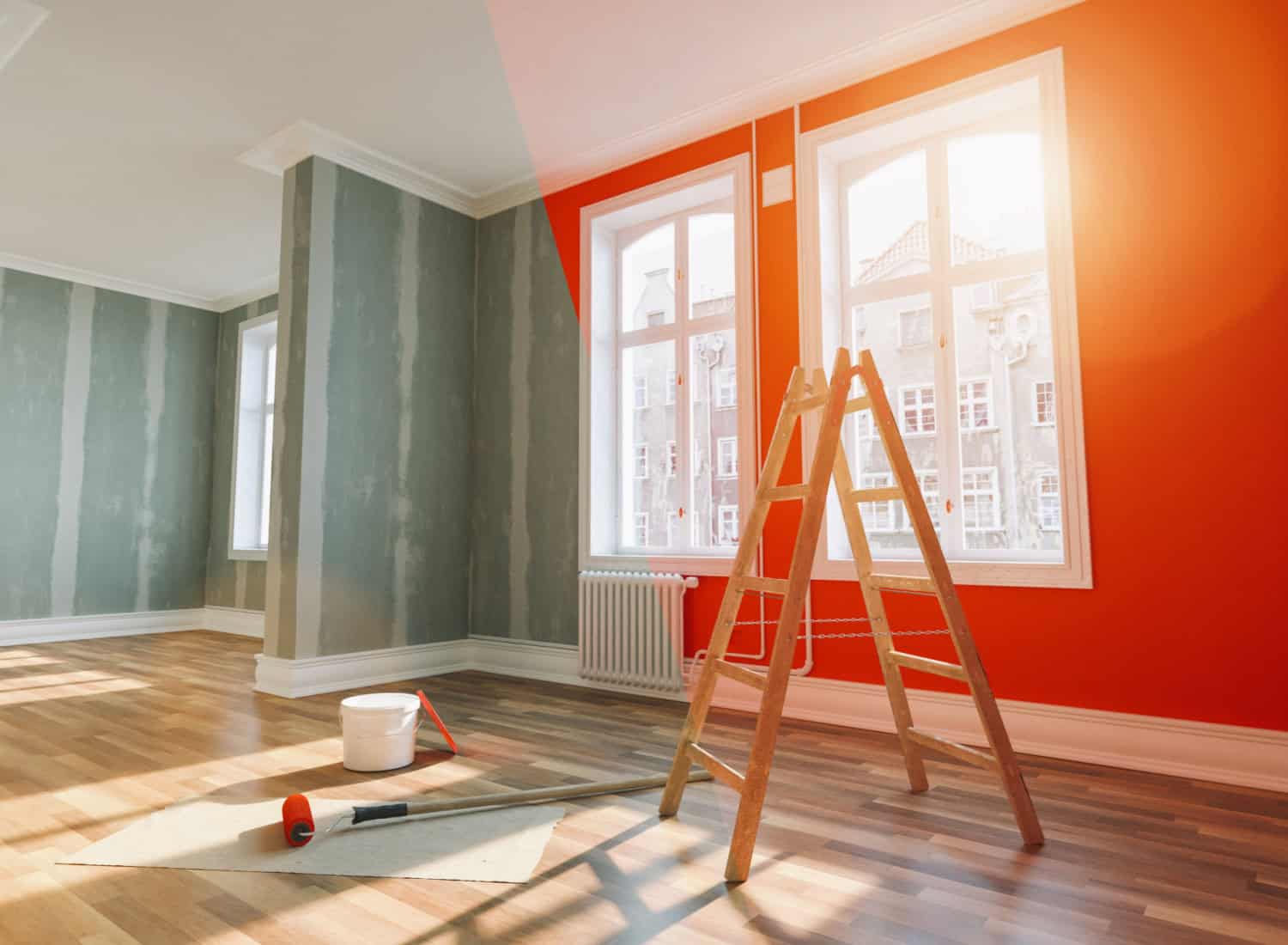Get the Best Cleveland Metro Painting Specialists for Flawless Interior Painting
Enhance Your Interior Decoration With Comprehensive Color Examination
The assimilation of shade assessment into indoor layout offers an one-of-a-kind chance to fine-tune and boost the visual and emotional vibration of an area. By engaging with a skilled color specialist, you can browse the complexities of color selection, guaranteeing that your options not only enhance architectural features yet likewise resonate with personal style and emotional effect.
Benefits of Shade Assessment

In addition, shade assessment help in making best use of natural light and maximizing spatial perception. Lighter hues can make a room appear more extensive, while darker shades develop an intimate setting. Cleveland Metro Painting Specialists. This strategic application of shade can significantly affect the general atmosphere of any kind of indoor room
Additionally, specialist consultants have an extensive understanding of classic classics and present trends, making certain that the picked colors will continue to be attractive over time. This insight can conserve clients from costly redesigns in the future. Ultimately, color assessment encourages clients by giving them with a clear vision and direction, cultivating confidence in their style choices and ultimately resulting in a much more satisfying and successful interior design result.
Comprehending Shade Psychology
The importance of shade psychology in interior decoration can not be overstated, as it looks into the psychological and mental effects that various tones can stimulate in people. Shades can influence state of mind, behavior, and even productivity, making them an important consideration in any type of style project.
For instance, cozy shades such as red, orange, and yellow are frequently associated with power and warmth. They can stimulate sensations of excitement and convenience, making them appropriate for social areas like living kitchens or rooms. On the other hand, great colors like blue, environment-friendly, and purple have a tendency to evoke calmness and serenity, making them optimal for bed rooms or reflection locations.
Furthermore, using neutral tones can develop a balanced atmosphere by allowing the bolder colors to stick out without overwhelming the senses. Recognizing these emotional influences makes it possible for developers to develop rooms that not only look cosmetically pleasing yet also promote psychological wellness.
Including shade psychology right into indoor design entails a thoughtful selection of tones tailored to the intended feature of each room, inevitably enhancing the overall experience for its occupants. This understanding is essential for achieving a practical and harmonious indoor environment.
The Shade Wheel Explained
Understanding the partnerships between hues is essential for efficient interior decoration, and the color wheel functions as a useful device in this procedure. The shade wheel, established by Isaac Newton in the 17th century, highlights the spectrum of shades prepared in a round style. It consists of main colors-- red, blue, and yellow-- that can not be produced by blending other shades. Additional shades, developed by combining primaries, consist of eco-friendly, orange, and purple. Tertiary colors arise from mixing a primary and a second color, causing shades such as red-orange and blue-green.
The shade wheel helps developers understand the partnerships in between shades, consisting of complementary, analogous, and triadic systems. Complementary colors, located contrary each various other on the wheel, create dynamic contrasts that can energize a space.
Using the color wheel in interior decoration not only enhances visual allure however also stimulates details feelings and environments, making it a vital recommendation for color appointment. Recognizing these partnerships eventually Website encourages designers to develop rooms that are both practical and visually exciting.
Selecting the Right Scheme
Typically, picking the right combination is a definitive element in accomplishing an effective interior decoration project. An appropriate color design can merge an area, boost its functions, and stimulate preferred emotions. To start, consider the function of the room. Different areas offer diverse features and require schemes that mirror their desired usage; for instance, peaceful shades such as soft blues or eco-friendlies work well in rooms, promoting leisure.
Light can significantly change just how shades show up, so it is crucial to examine the room at various times of the day. An unified scheme needs to enhance these features, developing a cohesive original site look throughout the room.
When choosing colors, make use of the 60-30-10 regulation, which recommends that 60% of the room need to be a leading shade, 30% a second color, and 10% an accent color. This ratio guarantees balance and visual passion (Cleveland Metro Painting Specialists). Lastly, example shades on the walls before dedicating, as this enables you to see exactly how the colors communicate with one another and the overall atmosphere they produce in your indoor style task.
Collaborating With a Color Professional

When dealing with a shade expert, the procedure commonly starts with a preliminary examination. During this meeting, you'll discuss your vision, preferences, and the existing components in your space. The expert will evaluate your requirements and might suggest details shade palettes that straighten with your goals.
After developing an instructions, the professional will certainly give samples and visual aids to help you imagine the recommended color pattern. This action is critical, as shades can appear in a different way under varying lights conditions.
In addition, a shade expert can assist you in selecting corresponding home furnishings, artwork, and accessories to integrate with your chosen combination. By collaborating carefully, you can achieve a refined visual that elevates your insides and develops an inviting ambience. Ultimately, the expertise of a color consultant can substantially boost the total impact of visit homepage your design job.
Conclusion
In recap, detailed color consultation functions as a vital device for boosting indoor layout. By leveraging specialist understanding of color psychology and spatial characteristics, a customized color scheme can be developed to stimulate specific emotions and produce a harmonious setting. This strategic technique not only cultivates a cohesive style story but additionally mitigates the danger of pricey redesigns. Ultimately, engaging with a color expert makes sure an educated and aesthetically pleasing end result, boosting the overall experience of the area.
By engaging with an experienced color expert, you can browse the intricacies of shade selection, guaranteeing that your options not only enhance architectural functions however likewise resonate with individual design and emotional influence. It consists of key shades-- red, blue, and yellow-- that can not be developed by blending various other shades.The shade wheel aids developers realize the partnerships in between shades, including complementary, analogous, and triadic systems.When selecting shades, make use of the 60-30-10 policy, which recommends that 60% of the area ought to be a dominant shade, 30% a secondary color, and 10% an accent color. By leveraging specialist expertise of shade psychology and spatial dynamics, a tailored shade combination can be established to evoke particular emotions and develop an unified atmosphere.